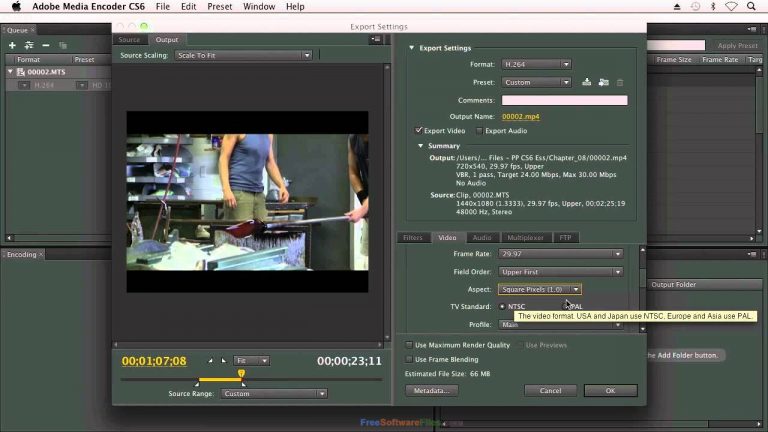

- #Adobe media encoder cc change resolution for mac#
- #Adobe media encoder cc change resolution windows#
Ingest presets are created inside Adobe Media Encoder (AME).
#Adobe media encoder cc change resolution windows#
For Windows users, I recommend GoPro Cineform Proxies.
#Adobe media encoder cc change resolution for mac#
NOTE: For Mac users, I recommend ProRex Proxy. Instead, we need to create a custom proxy setting.


However, none of the choices in this list precisely match a UHD or 1920×1080 frame. As well, it automatically “attaches” the proxy files to the master files allowing instant switching between displaying proxy or master files in Premiere.Īs you can see from this list, there are a number of choices. This toggles on the automatic creation of proxies while at the same time allows you to specify which proxy format is created. Once enabled, you can make copies of your master files, transcode the master files into different formats, and/or make proxy files. NOTE: If the Media Browser is not displayed in your workspace, check it in the Window menu.īy default, all ingest presets are turned off. Then, click the Wrench icon to open the Settings window. These are special settings created in Adobe Media Encoder that can be applied when importing video files.īy creating a special ingest preset, you can automate the process of creating proxies in the background and in the location of your choice. Somewhere around the spring, 2018, Premiere update, Adobe added Ingest presets. Premiere makes that transition in exactly one mouse-click. Then, when its time to polish, you switch from proxies to the high-quality master file and make your story look glorious. This doesn’t require seeing high-quality clips. The rough-cut is where you spend the vast bulk of your time in editing – trying to figure out the best way to tell your story visually. One you ascertain that the master files have the overall quality and specs you’ll need for the final master, you don’t need to access the master files until you have a solid rough-cut complete. Polishing the story with effects, color grading and final audio mix.There are three major stages to any editing project: The lower the resolution, the smaller the file. For example, a 1920:1080 master could use proxies that are 960:540. NOTE: Because of how Premiere calculates X,Y positions during scaling and compositing, you’ll have the best success using proxies that evenly divide into the master file. Proxies are designed to let you easily see the content of a shot without requiring a lot of processing power. They are not designed for final effects, color grading or output. They are designed for simplifying the rough cut process, especially for higher-resolution media. Generally, proxies use lower resolution and lower bandwidth to reduce file size. Proxy files are reduced-quality copies of your camera-native media. Personally, I’d rather focus on getting the job done faster with the least stress possible.Īnd, if you edit using Premiere, there’s a very nice way to set up an automated proxy workflow that allows you to switch between proxies and masters at the click of a single button. Many editors feel that editing proxies is a sign of weakness. Proxies allow you to successfully use less-powerful hardware for editing, reduce your storage requirements, and allow you to focus on creating the best possible rough-cut, rather than worrying about whether your computer is powerful enough to edit the dailies. Editing using proxies can relieve your stress.


 0 kommentar(er)
0 kommentar(er)
